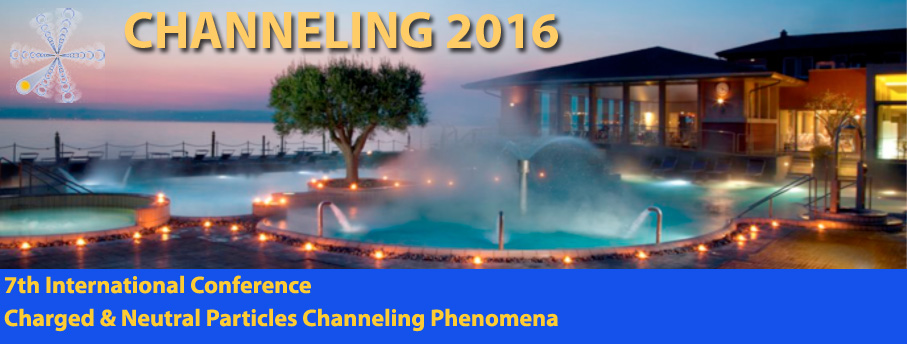Speaker
Dr
Mikhail Barabanov
(Joint Institute for Nuclear Research)
Description
The spectroscopy of charmonium-like states together with the spectroscopy of charmed and strange baryons is discussed. It is a good testing tool for the theories of strong interactions, including: QCD in both the perturbative and non-perturbative regimes, LQCD, potential models and phenomenological models [1, 2, 3]. An understanding of the baryon spectrum is one of the primary goals of non-perturbative QCD. In the nucleon sector, where most of the experimental information is available, the agreement with quark model predictions is astonishingly small, and the situation is even worse in the strange and charmed baryon sector. The experiments with antiproton-proton annihilation and proton-proton collisions are well suited for a comprehensive spectroscopy program, in particular, the spectroscopy of charmonuim-like states and flavour baryons. Charmed and strange baryons can be produced abundantly in both processes, and their properties can be studied in detail [1, 2, 3].
For this purpose an elaborated analysis of charmonium, charmed hybrid and tetraquark spectrum together with spectrum of charmed and strange baryons is given. The recent experimental data from different collaborations are analyzed. A special attention was given to the recently discovered XYZ-particles. The attempts of their possible interpretation are considered [4 - 7]. The results of physics simulation are obtained. Some of these states can be interpreted as higher-lying charmonium and tetraquarks with a hidden charm. It has been shown that charge/neutral tetraquarks must have their neutral/charged partners with mass values which differ by few MeV. This hypothesis coincides with that proposed by Maiani and Polosa [8]. Many heavy baryons with charm and strangeness are expected to exist. But much more data on different decay modes are needed before firmer conclusions can be made. These data can be derived directly from the experiments using a high quality antiproton beam with mo-mentum up to 15 GeV/c planned at FAIR and proton-proton collisions with momentum up to 26 GeV/c planned at NICA.
References
[1] W. Erni et al., arXiv:0903.3905v1 [hep-ex] (2009) 63.
[2] N. Brambilla et al., European Physical Journal C 71:1534, (2011) 1.
[3] J. Beringer et al., Review of Particle Physic, Physical. Review, D 86, (2012).
[4] M.Yu. Barabanov, A.S. Vodopyanov, Physics of Particles and Nuclei Letters, V.8, N.10, (2011) 1069.
[5] M.Yu. Barabanov, A.S. Vodopyanov, S.L. Olsen, Physics of Atomic Nuclei, V.77, N.1, (2014) 126.
[6] M.Yu. Barabanov, A.S. Vodopyanov, S.L. Olsen , Physica Scripta, T 166 (2015) 014019.
[7] M.Yu. Barabanov, A.S. Vodopyanov, S.L. Olsen, A.I. Zinchenko, Physics of Atomic Nuclei, V.79, N 1 (2016) 126.
[8] L. Maiani, F. Piccinini, A.D. Polosa, V. Riquer, Phys. Rev. Lett. 99 (2007) 182003.
Primary author
Dr
Mikhail Barabanov
(Joint Institute for Nuclear Research)
Co-author
Prof.
Stephen Olsen
(Center for Underground Physics, Institute of Basic Science)

